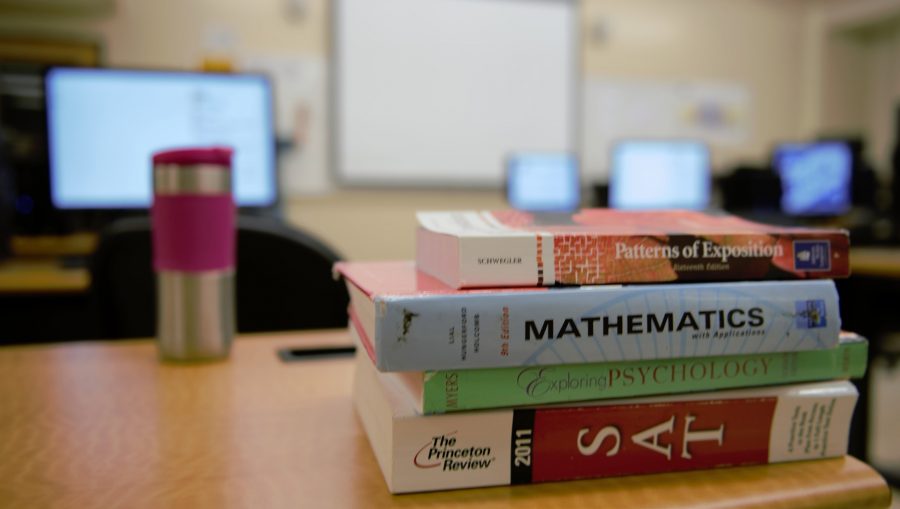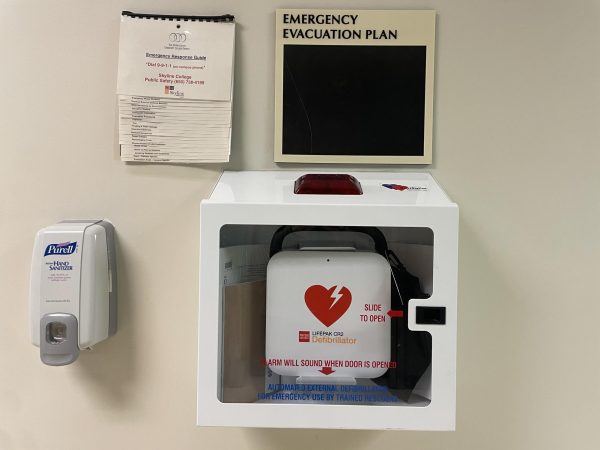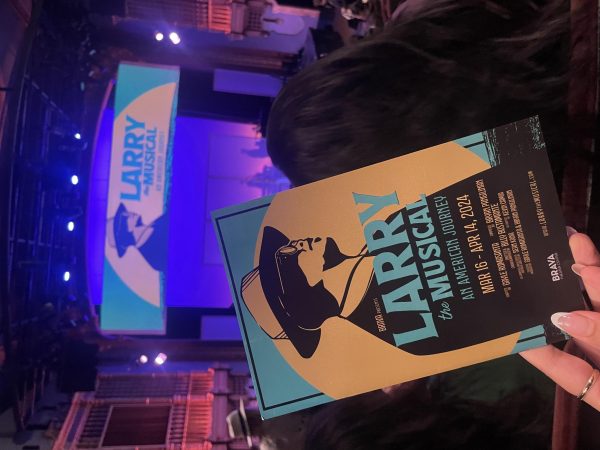Textbook prices are too damn high
Photo illustration by Kevin Perez/The Skyline View
While textbook prices continue to rise, secondary markets offer better prices.
Everyone knows that college textbook prices are very high, but there are some things you can do to offset the cost. It’s hardly a secret that college textbooks are extremely expensive, and the fact that they are so expensive poses an even bigger problem: sometimes preventing college students from getting the best education that they can.
Common knowledge dictates that buying textbooks has, is, and always will be very expensive. It is still important to note that this isn’t just a recent phenomenon, and at least the costs do make sense when you think about it. Most textbooks are written by many highly educated professionals and textbook production costs can skyrocket thanks to the amount of infographics and images that need licenses for printing in commercial use.
According to the Casper Star-Tribune, using data from MooseRoots, the estimated price of textbooks in 1967 was $64.78, which comes out to $472.88 adjusted for inflation. That same set of data then finds that the cost of textbooks now is $1298.00 in 2016. It’s true that inflation has definitely compensated for at least some of the cost of college textbooks, but it’s hardly enough to really overcome the amount of inflation at hand.
As the California State Auditor Report states, “Increases in textbook prices have significantly outpaced median household income, which makes it more likely that some students will forgo or delay attending college because of the financial burden that postsecondary education imposes.”
While most of the documentation relating to the cost of textbooks is usually relegated to study of students at four-year universities, there is an even larger impact of these costs onto community college students.
Research from Student Public Interest Research Groups finds that while 28 percent of students at a four-year public institution use financial aid to buy textbooks, 50 percent of community college students rely on financial aid to buy textbooks. The same report also then states that it would take 28 hours to purchase one $200 textbook at the federal minimum wage, and if a student’s textbook total came out to $600, that same student would need to work two extra hours at national minimum wage for an entire year.
Economics professor James Koch of Old Dominion University once, “The textbook market is like the pharmaceutical market: the people who have the most influence over what is purchased (doctors and professors) don’t have to pay for their choices. Students do.”
There are some things that students definitely can do to mitigate some of the costs. I recommend going for ebooks if possible, as they can be much cheaper due to the lower materials costs. Buying books online from websites such as Amazon is also a decent choice, especially since Amazon also offers physical book rentals through the mail.
Many professors at Skyline (that I’ve had) are thankfully good about also letting students use older versions of textbooks. Some classes, such as Math 200, use material from OpenStax, an initiative from the Bill and Melinda Gates Foundation to offer free textbooks for some college courses.
The library at Skyline also offers at least some textbooks for public use as well. The fact that college textbooks are expensive is probably not going to change in the near future. However, there are many alternatives to just buying a textbook from the campus bookstore. Students now have a variety of options for obtaining textbooks needed for their classes.













